Cold-formed steel buildings are a material that has become increasingly popular in the construction industry in recent years. It offers many advantages, such as being light and durable, quick and easy to assemble, and lower cost compared to traditional construction methods.
Durability
Compared to traditional building materials, the durability of cold-formed steel buildings has increased dramatically. Steel is a material that is resistant to natural disasters and is less damaged in disasters such as earthquakes and hurricanes. In addition, steel buildings do not encounter problems such as rust and rot, which increases their long-term durability.
Construction Costs
The construction process of cold-formed steel buildings is faster compared to traditional methods. Steel structure elements are pre-prepared in the factory and easily assembled when brought to the construction site. This provides significant savings in labor costs and construction time. It also offers an environmentally friendly option with less labor and material usage.
Here are some reasons why cold-formed steel buildings cost less than traditional steel and concrete buildings:
Use of Less Material: Cold-formed steel profiles can be produced using less material than traditional steel beams and columns.
Faster Vonstruction: Cold-formed steel buildings can be prefabricated and easily assembled on site. This shortens construction time and reduces costs.
Less Labor: The assembly of cold-formed steel buildings requires less labor compared to traditional steel and concrete buildings.
The Future of Cold-Formed Steel Buildings
- Technological Advances and Innovations: The future of cold-formed steel buildings is shaped by constantly evolving technologies and innovations. New production techniques enable steel materials to become more durable, lightweight and cost-effective. In addition, these technological advances offer new architectural possibilities by enabling more complex designs and structures.
- Sustainability and Environmental Impacts: Sustainability and environmental impacts are of great importance in the future of cold-formed steel buildings. Since steel is a recyclable material, such structures can be an ideal option for achieving green and environmentally friendly building certifications. In addition, steel buildings have advantages in terms of energy efficiency and carbon footprint.
- Changing Needs in the Construction Industry: Factors such as increasing population and urban development are constantly changing the needs and demands in the construction industry. The future of cold-formed steel buildings is being shaped by focusing on production and installation processes that are flexible and fast enough to meet these changing needs. Such buildings can be constructed quickly in fast-growing cities and in situations of urgent need.
As a result, the future of cold-formed steel buildings is being shaped by a combination of factors such as technological advances, sustainability, changing needs, cost-effectiveness and safety. These types of structures will continue to become a more common choice in the construction industry and will greatly affect the future construction of cities.
More Durable, Faster, More Economical
The future of cold-formed steel buildings represents a groundbreaking transformation in the construction industry. Considering factors such as durability, construction costs, energy efficiency and aesthetics, it is clear that steel buildings are becoming increasingly popular. Arkitech plays a leading role in this transformation with the machines, design and production software it offers in the light steel industry. In the future of cold-formed steel buildings, their impact on durability and construction costs are just some of the important factors that will determine progress and innovation in the industry.
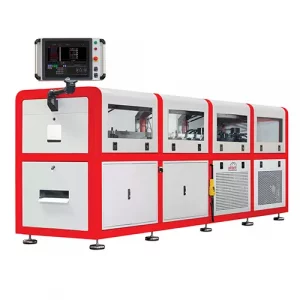
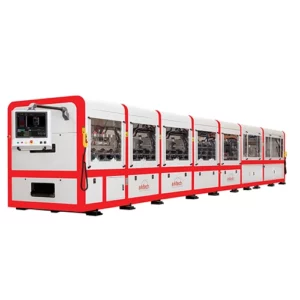
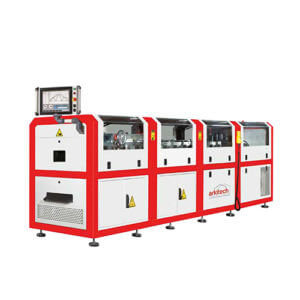
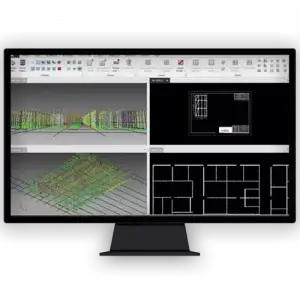
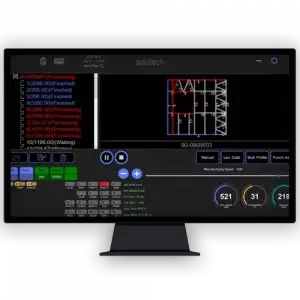
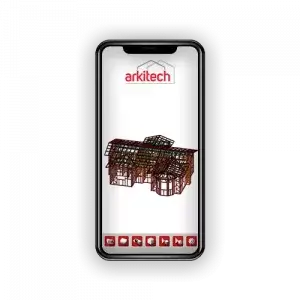
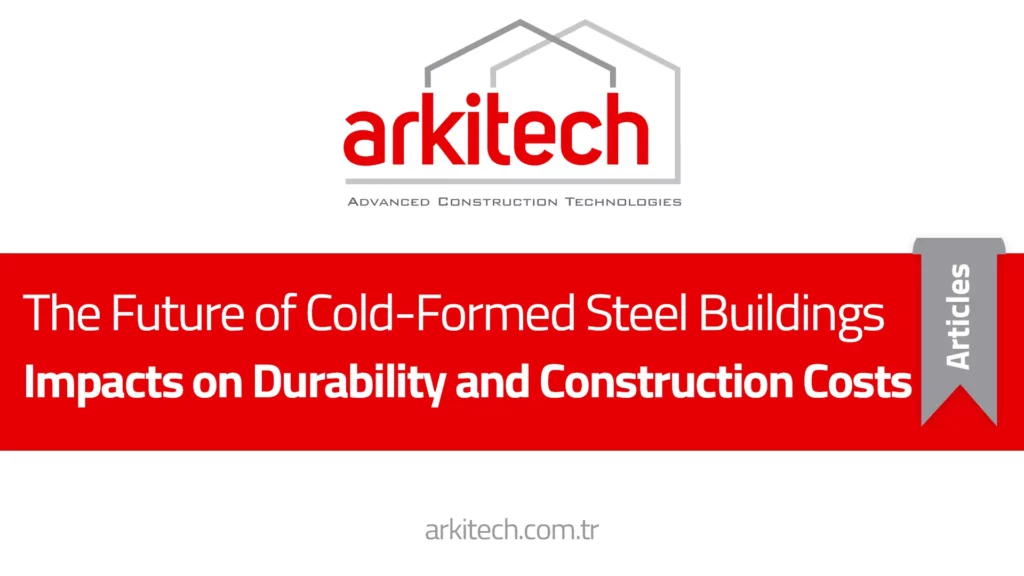

 by
by